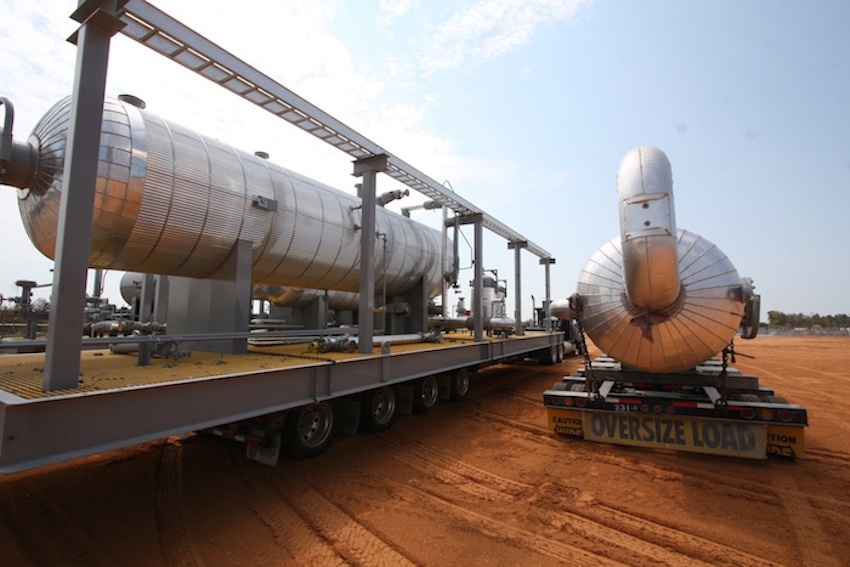
CO2 Removal Systems
There are two basic styles of removal systems, each with their own pluses and minuses. Both operational and capital costs figure in the purchasing decision. Systems with amines often have higher capital costs, with larger column diameters driving up the cost. In some situations, the needed column diameter is so large that the equipment does not meet shipping size restrictions. Membrane systems may be less expensive to install if the plant only needs a single-stage separation. To prevent hydrocarbon losses, many membrane systems require a second-stage system that adds to both capital and operational costs.
Hybrid Systems Can Keep Costs Low
Hybrid CO2 removal combines both amine and membrane systems. By combining membranes with solvents, plants can leverage the advantages of each removal technology. Membrane systems offer the most benefit when used with high partial pressures of CO2, while amine systems work best with low CO2 specifications. Depending on the gas volume, hybrid units make a very cost-effective choice. Both capital and operating expenses are typically lower with these systems when handling small gas volumes. Large flow rates can also benefit from cost savings where a hybrid can reduce the system to a single train. Modifying an existing solvent system with the addition of a membrane removal option is a very low cost method for scaling capacity.
Contact us today to learn more about CO2 removal processes. We offer plant installation, solvent, membrane and hybrid CO2 removal systems, all customized to fit each location.